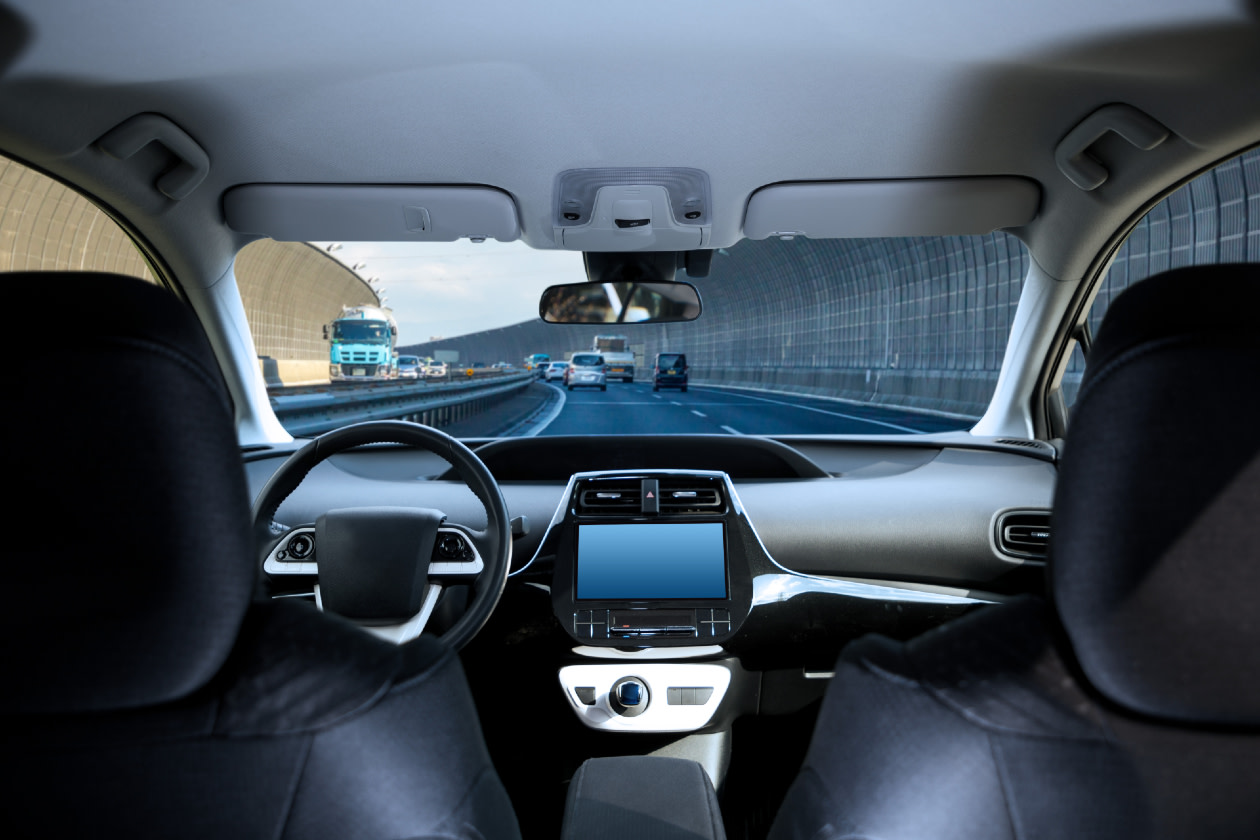The ride-hailing industry is on the cusp of a transformative era, driven by the rapid advancement of autonomous vehicle technology. This might seem like something from a sci-fi film, but there are already driverless taxis operating in certain Chinese and US cities.
Tesla’s recent introduction of its unsupervised Model Y fleet in Texas, with paid rides expected by July 2025, is the latest development in this fast-paced revolution.
As the market evolves, there are questions about who will emerge as the leaders in this new paradigm and how existing players like Uber will adapt to maintain their relevance.
Here we look at the key players, the opportunities on offer, and the challenges they face in navigating this uncharted territory
This article isn’t personal advice. If you’re not sure an investment is right for you, seek advice. Investments and any income from them will rise and fall in value, so you could get back less than you invest.
Investing in an individual company isn’t right for everyone because if that company fails, you could lose your whole investment. If you cannot afford this, investing in a single company might not be right for you. You should make sure you understand the companies you’re investing in and their specific risks. You should also make sure any shares you own are part of a diversified portfolio.
Remember, before you can trade US shares, you need to complete and return a W-8BEN form.
Tesla – new kid on the block
Tesla might be the newest player in the fully autonomous ride-hailing game, but its cars have been doing much of the driving themselves for quite a while – just with a human still behind the wheel to supervise.
Now, Tesla is bringing some serious advantages to the table.
First, there’s the sheer number of cars it already has on the road. With millions of Tesla cars out there, any built in the past few years have the potential to become a self-driving taxi with just a software update. That kind of head start could give Tesla a major edge over the competition, assuming it can roll out its driverless tech more broadly.
Then there's cost – a big deal in ride-hailing.
Tesla has spent years figuring out how to build electric vehicles efficiently, and it shows. The company can produce EVs at a scale and price point that most others can’t touch. That could allow Tesla to run autonomous fleets at a lower cost – and in a price-sensitive market, lower fares would be an advantage.
Of course, there are still hurdles.
Tesla’s system relies entirely on cameras, skipping more expensive sensors like LIDAR. This ‘vision-only’ approach has sparked plenty of debate, especially when it comes to safety. Earning the trust of regulators and the public will be critical – and possibly the toughest challenge ahead.
But if Tesla can prove its system is safe and reliable, it has a real shot at shaking up the industry – making self-driving ride-hailing both widely available and financially sustainable.
Markets have been willing to overlook a weakening core auto business in the hope that it can nail the AI and autonomous driving aspects of its business. We tend to agree but are conscious that it’s a high-risk/reward trade-off, and investors should be prepared for bumps in the road.
The author holds shares in Tesla.
Waymo – Alphabet’s skin in the game
In 2020, Waymo became the first western company to offer driver-less taxis. It’s owned by Google’s parent company, Alphabet, and was last valued at more than $45bn.
Waymo now provides over 250,000 paid trips a week across a selection of US cities. The model here is a little different to Tesla, as Waymo doesn’t build or manufacture its own cars. Instead, it partners with existing car manufacturers, like Jaguar, to buy vehicles in bulk orders – then fitting the cars with its self-driving hardware.
We mentioned before that there was a debate about whether the Tesla or Waymo approach is better. It might be that there isn’t a one size fits all solution here.
Waymo certainly has more ways to analyse the world around it, but that comes at a significant cost. There are no hard numbers here, but some estimates suggest the hardware adds up to $100,000 on top of the vehicle cost.
Waymo’s latest generation of technology is said to be much cheaper, how much so we don’t know yet. It’s safe to assume for now that it’s still significantly more expensive than companies like Tesla and some Chinese competitors can build at.
Waymo first builds a map of the city and marries that with AI to deliver its driverless experience. This does mean the product is limited to cities, and specifically those they’ve mapped.
Compared to Tesla’s universal approach, which can in theory operate anywhere, it’s more limited.
But there’s still a considerable amount of demand to be tapped from travel within city limits and this approach is already a proven concept.
Waymo remains a tiny part of the giant Alphabet pie, but it’s fast growing and serves as an important marker for the autonomous ride-hailing industry.
Read our latest full research update on Alphabet below.
Uber – partnership over ownership
Uber is gearing up for the autonomous vehicle (AV) race by doubling down on what it does best, providing a platform for AV partners to scale rather than owning or manufacturing vehicles itself. This supports its current asset-light business model, which connects drivers and riders without owning any vehicles.
Uber’s biggest advantage is its sheer scale, which accounts for over 170 million monthly active users globally.
One key reason AV companies would want to partner with Uber is to boost vehicle utilisation rates by increasing trips per car each day. For instance, Waymo’s robotaxis operating through Uber’s platform in Austin, US, are already outperforming Uber’s human-driven rides in terms of demand.
The prospect of AV giants like Tesla and Waymo launching their own ride-hailing apps is a risk to monitor.
If these companies fully control their customer interfaces (apps) and the technology, Uber could lose autonomous ride market share and face intense pricing pressure, undermining its commission-based revenue model.
However, Uber doesn’t solely depend on ride-hailing as a revenue source – it’s also got a sizeable and growing food delivery business.
A big question around Uber’s future is whether its business model can thrive in a world dominated by AVs. In that case, the more fragmented the AV market, the better for Uber as an aggregator connecting riders with a range of vehicle providers.
Uber has several strings to its bow, and we don’t think large-scale disruption to its business model is coming in the short term.
But looking further afield, we think there’s reason to be cautious about the outlook. If one or two players end up dominating the autonomous market, then it’s not obvious how much value Uber would be able to add.
This article is original Hargreaves Lansdown content, published by Hargreaves Lansdown. It was correct as at the date of publication, and our views may have changed since then. Past performance is not a guide to the future. Investments rise and fall in value so investors could make a loss.
This article is not advice or a recommendation to buy, sell or hold any investment. No view is given on the present or future value or price of any investment, and investors should form their own view on any proposed investment. This article has not been prepared in accordance with legal requirements designed to promote the independence of investment research and is considered a marketing communication. Non-independent research is not subject to FCA rules prohibiting dealing ahead of research, however HL has put controls in place (including dealing restrictions, physical and information barriers) to manage potential conflicts of interest presented by such dealing. Please see our full non-independent research disclosure for more information.
Open a new HL Stocks and Shares ISA or SIPP today and enjoy 40% off your account charge
Open your ISA or SIPP and add at least £10,000 (including cash and/or transfers) by 30 June 2025
The 40% discount applies between 1 July and 31 December 2025
If you're transferring, your reduced charge will start once your transfer completes, and continue until 31 December 2025
Need more time to apply to transfer? Contact our Helpdesk.
Important: This offer reduces the HL account charge. Our standard account charge is no more than 0.45% a year. Other investment charges may still apply. Buying and selling funds is free. Share and ETF dealing charges apply. See the full ISA offer terms and SIPP offer terms.



